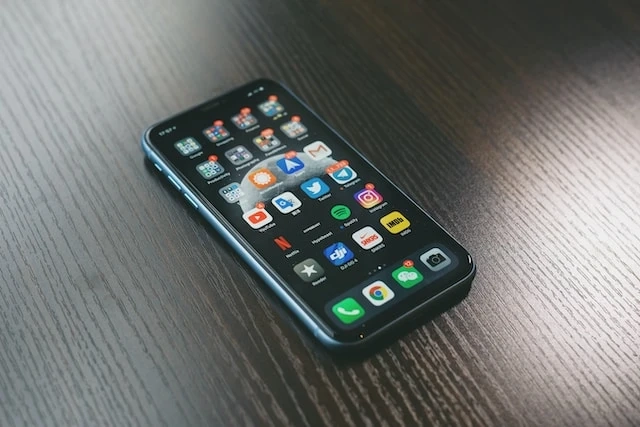In today's digital age, where smartphones have become an integral part of our lives, developing innovative and user-friendly iPhone apps has never been more important. The iOS platform offers a fertile ground for creative minds to bring their app ideas to life. In this comprehensive guide, we will delve into the world of iOS app development, uncovering the steps, strategies, and insights necessary to create unique and innovative iPhone apps.
Understanding the iOS Ecosystem:
Before embarking on your journey to create exceptional iPhone apps, it's crucial to understand the iOS ecosystem. Apple's commitment to user experience and stringent app quality standards sets the stage for a competitive landscape. Here's what you need to know:
Design for iOS Aesthetics: Apple's Human Interface Guidelines (HIG) provide valuable insights into designing apps that align with iOS aesthetics and user expectations. Prioritize simplicity, clarity, and intuitive navigation in your app's design.
Optimize for Different Devices: iPhones come in various sizes and form factors. Design your app to be responsive and adaptable to different screen sizes, ensuring a consistent experience across all devices.
Steps to Creating Innovative iPhone Apps:
1. Idea Generation and Market Research:
Identify a Unique Concept: Begin by brainstorming app ideas that solve a specific problem or enhance user experiences. Consider gaps in the market or areas where current solutions can be improved.
Market Research: Research your target audience, competitors, and market trends. Understand user preferences and pain points to refine your app concept.
2. Planning and Wireframing:
Storyboarding and User Flows: Create storyboards and user flows to visualize the app's navigation and user journey. This step helps you map out the app's structure before diving into development.
Wireframing: Develop wireframes to outline the app's layout and interface elements. This process allows you to iterate on the design without investing too much time in coding.
3. Design and User Interface:
Visual Design: Translate wireframes into visually appealing designs. Use Apple's design principles to create an interface that is both aesthetic and user-friendly.
Prototyping: Build interactive prototypes to simulate user interactions. This helps you identify any usability issues early in the development process.
4. Development:
Select the Right Tools: Choose the appropriate development tools and programming languages (Swift or Objective-C) based on your app's requirements.
Focus on User Experience: Implement smooth animations, intuitive gestures, and responsive interfaces to provide users with a seamless experience.
5. Testing and Iteration:
Thorough Testing: Test your app rigorously on different devices and iOS versions. Identify and fix bugs, glitches, and performance issues.
Beta Testing: Conduct beta testing to gather user feedback and make necessary improvements based on real-world usage.
6. App Store Submission:
App Store Guidelines: Ensure your app complies with Apple's App Store Review Guidelines. Avoid common pitfalls like excessive bugs, incomplete information, or misleading functionalities.
App Metadata and Visuals: Craft a compelling app description, select appealing screenshots, and create an eye-catching app icon to entice users.
Leveraging iOS Features for Innovation:
To truly create innovative iPhone apps, it's essential to harness the unique features and capabilities iOS offers:
Augmented Reality (ARKit): Incorporate augmented reality experiences to engage users in novel ways, from interactive gaming to enhancing retail experiences.
Machine Learning (Core ML): Utilize machine learning models to add intelligence to your app, such as image recognition, language processing, and predictive analysis.
Siri Integration: Integrate Siri functionality to offer voice-controlled interactions, making your app hands-free and user-friendly.
Conclusion:
Creating unique and innovative iPhone apps requires a blend of creativity, technical expertise, and a deep understanding of user needs. By following the steps outlined in this guide and leveraging iOS features, you can develop apps that stand out in the competitive landscape of iOS app development. Whether you're a seasoned developer or a newcomer, the iOS platform offers endless opportunities to bring your app ideas to life and make a lasting impact on users worldwide.
If you're looking to take your app development journey to the next level, partnering with a reputable iOS app development company can provide you with the expertise and resources needed to turn your ideas into reality. With their guidance, you can navigate the complexities of iOS app development, from concept to App Store submission, ensuring that your app not only meets user expectations but also excels in the dynamic world of mobile applications.
Remember, the journey of app development is both exciting and challenging, but the end result is an app that could change lives, streamline processes, or simply bring joy to users' fingertips. With dedication, innovation, and the right iOS app development company by your side, your app could be the next big success story in the App Store.


